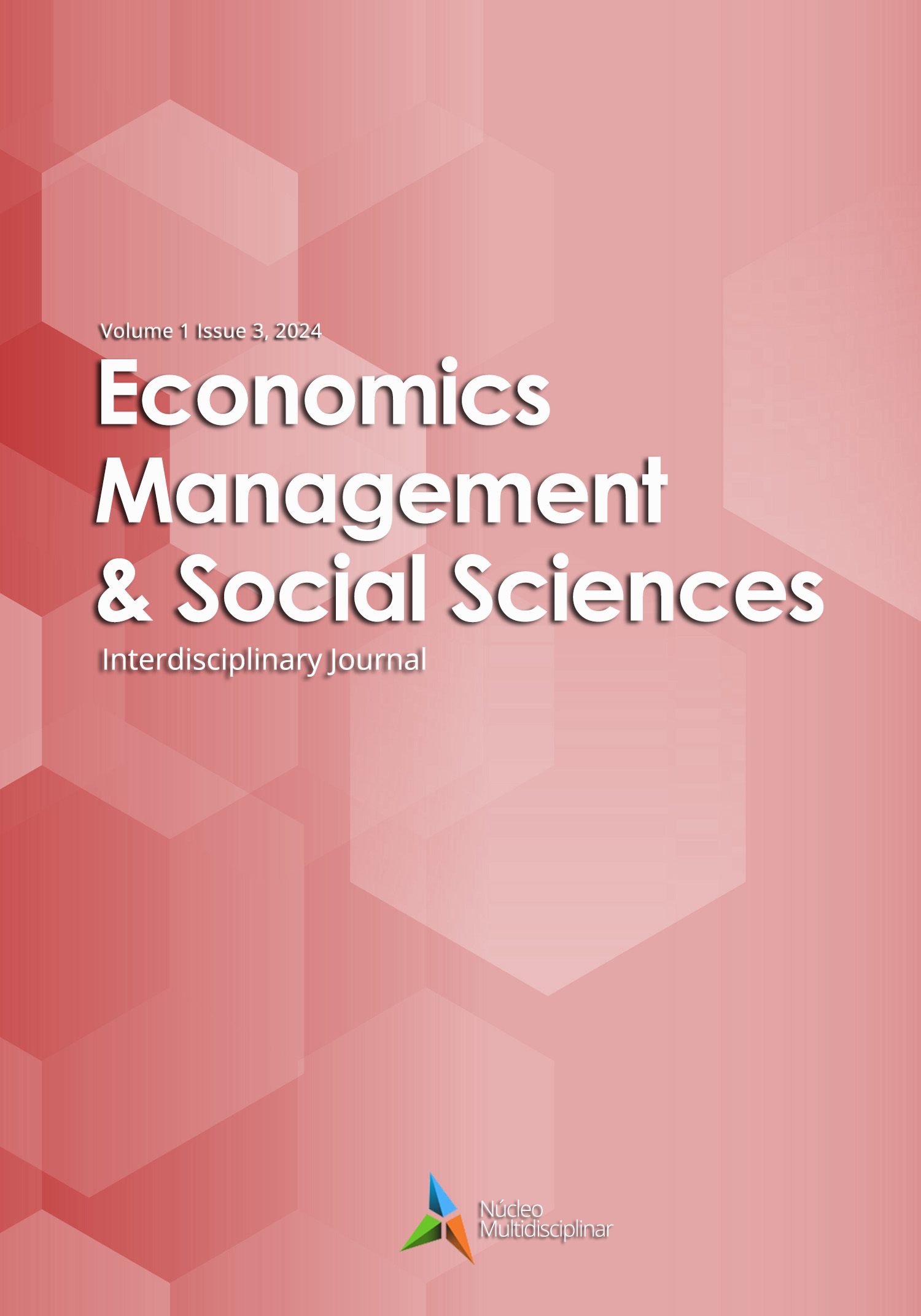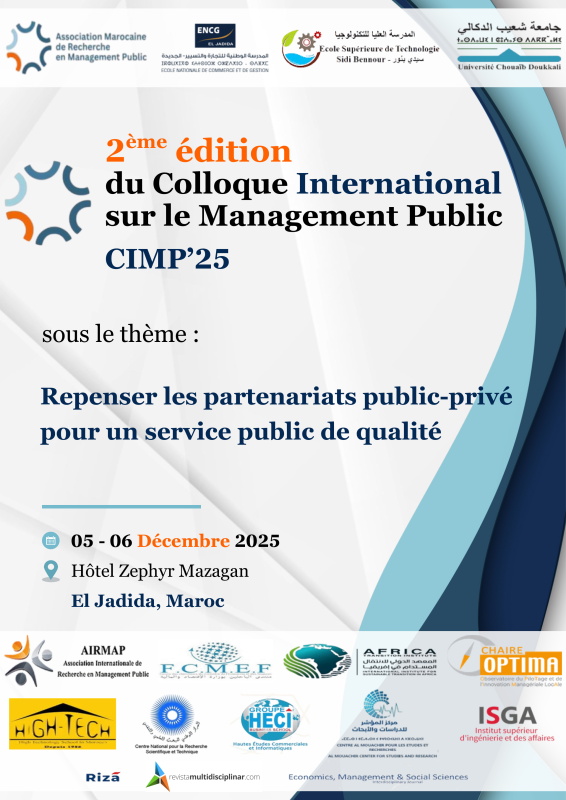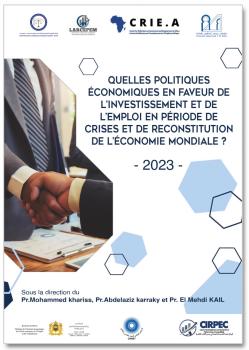Measurement of Comparative Advantages of Service Sector
DOI:
https://doi.org/10.23882/emss24073Keywords:
RCA, VWRCA, Composite RCA, Gross Value Added (GVA), Servitization, Geometric meanAbstract
The services sector has emerged as the dominant sector in India’s GDP, with significant contribution to exports, FDI and employment generation. It is imperative to assess revealed comparative advantage (RCA) for service trade requiring modification of Product- specific and time-specific RCAs because of unique features of services like intangibility, non-storability and different modes of supply of services unlike cross-border trade for goods. The paper suggests aggregation of RCA's of each service category, enabling assessment of progress/decline of the index across time. Focusing on volume and velocity of trade in services, Visvizi–Wosiek RCA (VWRCA) index for the service sector satisfying desired properties is suggested. For n-number of service categories, the ratio reflects the stochastic nature of of the j-th service category in the current year over the base year where progress is indicated if and composite of i-th country in the current year can be obtained by geometric aggregation of such ratios, i.e. = Future investigation may be undertaken to compare index with a chosen base period and traditional RCA along with plotting graphs of service sector of India across time and also graph for each service category.
References
Alkraiji, Abdullah Ibrahim (2020): An examination of citizen satisfaction with mandatory e-government services: Comparison of two information systems success models. Transforming Government: People, Process and Policy, 15 (1), 36-58 doi.org/10.1108/TG-01-2020-0015
Balassa, B. A. (1986): Comparative advantages in manufactured goods: A reappraisal. Review of
Economics and Statistics, 68(2), 315–319.
Balassa, B (1965): Trade liberalisation and “revealed” comparative advantage. The Manchester
School, 33(2):99 – 123
Banerjee, P., & Rajmal. (2022). Revealed Comparative Advantage in Services Exports: How Is India Different from China? The Indian Economic Journal, 70(3), 417-436.
https://doi.org/10.1177/00194662221104762
Burange, L.G., Chaddha, S. & Kapoor, P. (2010): India’s Trade in Services. Indian Economic Journal 58 (2), 44-62. DOI: 10.1177/0019466220100204
Chakrabartty, Satyendra Nath and Sinha, Deepankar (2022): Composite Revealed Comparative Advantage Index: A Non-parametric Approach. Eurasian Journal of Business and Economics, 15(30), 25-44.
De Saint Vaulry, A. (2008): Base de données CHELEM commerce international du CEPII. Working Papers 2008-09, CEPII research center.
Elsa Leromain and Gianluca Orefice, (2014): New revealed comparative advantage index: Dataset and empirical distribution, International Economics, (139), 48-70. https://doi.org/10.1016/j.inteco.2014.03.003.
Hamed, K. H., and Rao, A. R. (1998): A modified Mann-Kendall trend test for autocorrelated data, Journal of Hydrology, 204; 182-196
Harris, Richard D. F. and Elias Tzavalis (1999): Inference for Unit Roots in Dynamic Panels where the Time Dimension is Fixed, Journal of Econometrics 91(2), 201-226. DOI: 10.1016/S0304-4076(98)00076-1
Hiziroglu, A., Hiziroglu, M., & Kokcam, A. H. (2012): Competitiveness in Services: Turkey Versus European Union. Procedia - Social and Behavioral Sciences, 62 (6),436 – 440. DOI: 10.1016/j.sbspro.2012.09.071
Iapadre, P.L. (2001): Measuring international specialization. International Advances in Economic Research 7, 173–183 (2001). https://doi.org/10.1007/BF02296007
Langhammer, Rolf J. (2004) : Revealed comparative advantages in the services trade of the United States, the European Union and Japan: what do they tell us?, The journal of world investment & trade, ISSN 1660-7112, Werner, Geneva, Vol. 5, Iss. 6, pp. 887-896
Ministry of Commerce and Industry, GOI (2023). Annual Report 2022-23.
Ministry of Statistics and Programme Implementation, GoI (December, 2023): Annual and Quarterly Estimates of GDP at constant prices, 2011-12 series
Ministry of Statistics & Programme Implementation, GoI (May, 2021): Press Note on Provisional Estimates of Annual National Income 2020-21 and Quarterly Estimate of Gross Domestic Product for the Fourth Quarter (Q4) of 2020-21
Nath, H. K., Liu, L., & Tochkov, K. (2015): Comparative advantages in U.S. Bilateral services trade with China and India. Journal of Asian Economics, 38, 79–92.
Saeedi, Kawther and Visvizi.Anna (2021): Software Development Methodologies, HEIs, and the Digital Economy. Education Sciences, 11 (2). DOI: 10.3390/educsci11020073
Seyoum, B. (2007): Revealed comparative advantage and competitiveness in services: A study with special emphasis on developing countries, Journal of Economic Studies, 34(5), 376- 388. https://doi.org/10.1108/01443580710823194
Stellian, Rémi and Danna-Buitrago, Jenny (2019): Revealed comparative advantages and regional specialization: Evidence from Colombia in the Pacific Alliance, Journal of Applied Economics, 22:1, 349-379, DOI: 10.1080/15140326.2019.1627722
UNCTAD (2023): UNCTAD stat: Nowcasts https://unctadstat.unctad.org/EN/Nowcasts.html
United Nations. (2010): Manual on Statistics of International Trade in Services 2010. New York: United Nations Publication
Wosiek, Roman, and Anna Visvizi. (2021): The VWRCA Index: Measuring a Country’s Comparative Advantage and Specialization in Services. The Case of Poland. Economies 9: 48. https://doi.org/10.3390/economies9020048
Wu, J. and Lin, C. (2008) National Port Competitiveness: Implications for India. Management Decisions, 46 (10), 1482-1507. https://doi.org/10.1108/00251740810920001
Yu, R., Cai, J. C., & Leung, P. S. (2009): The normalized revealed comparative advantage index. Annals of Regional Science, 43(1), 267-282. DOI: 10.1007/s00168-008-0213-3
Downloads
Published
How to Cite
Issue
Section
License
Copyright (c) 2024 Satyendra Chakrabartty

This work is licensed under a Creative Commons Attribution-NonCommercial 4.0 International License.







